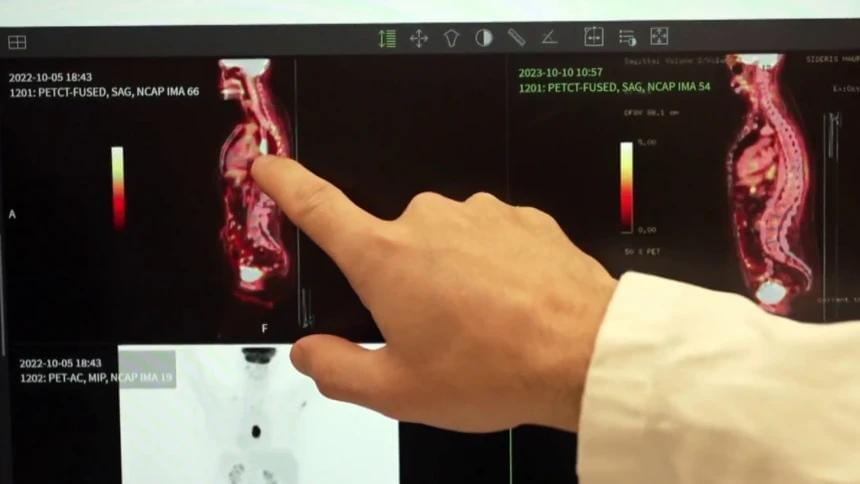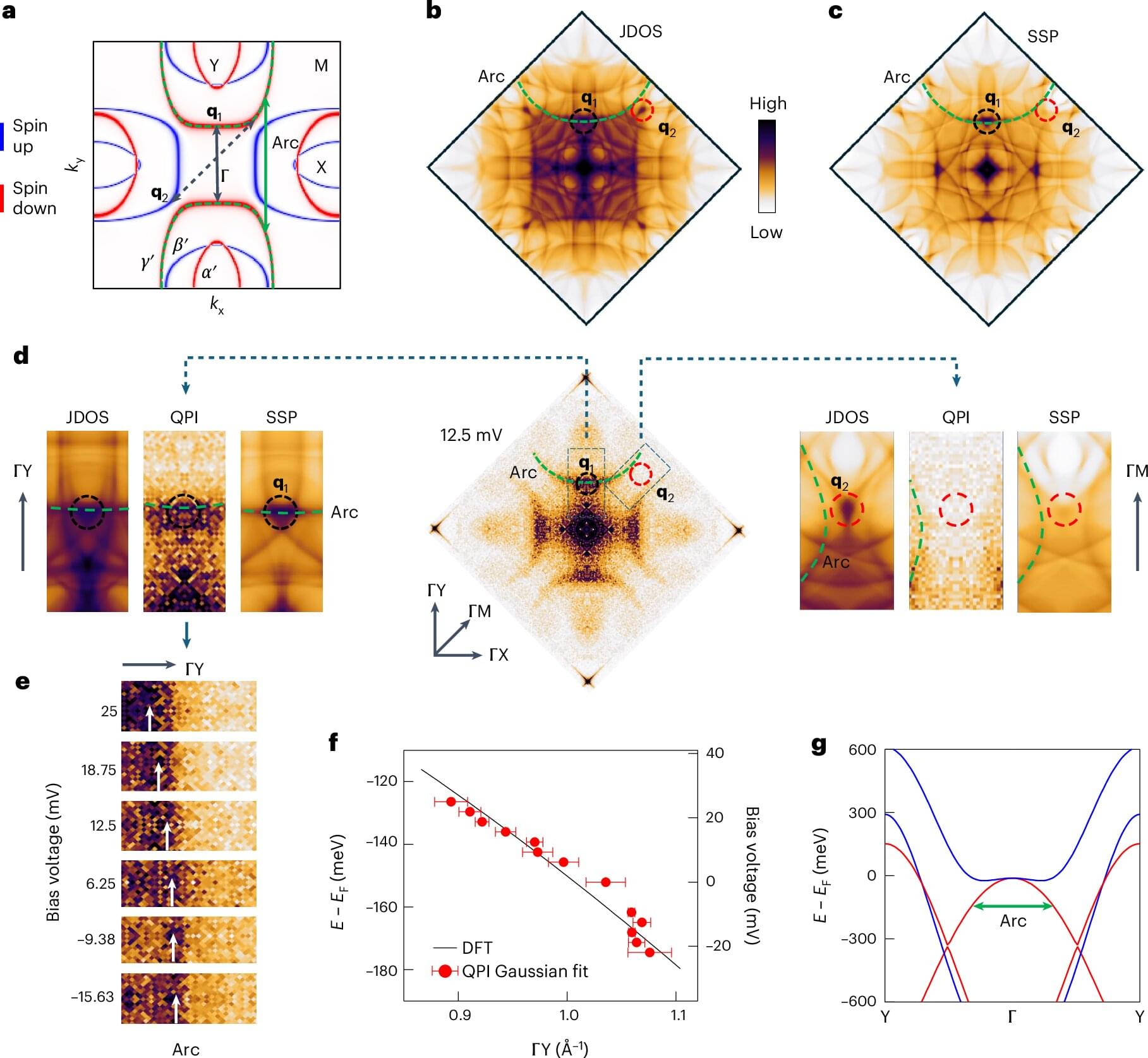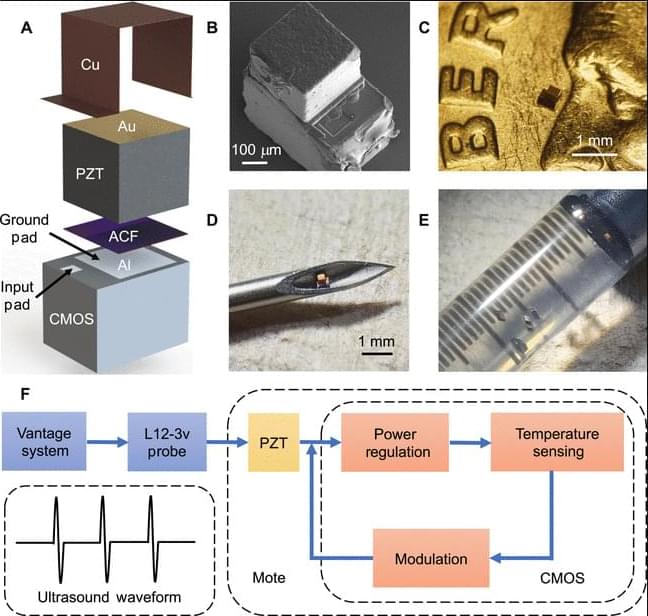Researchers have shown that they can distribute quantum keys under realistic conditions using commercial lasers.
Doctors are increasingly detecting stomach tumors at an early stage, raising hopes for lifesaving treatment for one of the deadliest types of cancer. Stomach cancer, the disease that killed country music star Toby Keith in 2024, is typically difficult to catch early and tends to be discovered at an advanced stage when cancer cells have spread, researchers reported Saturday at Digestive Disease Week, a major international conference for doctors and researchers in gastroenterology, liver diseases and endoscopy.
Ethel Caterham was recognized on April 30 as the oldest living person after the death of 116-year-old nun Inah Canabarro Lucas
The innovation by researchers at the GC’s Advanced Science Research Center could enable development of a range of flexible, impenetrable materials capable of protecting the body and fragile objects.
Florida State University Assistant Professor of Physics Zhengguang Lu and fellow researchers have discovered new states of matter in graphene — a form of
Take a look at this interesting article that describes how consciousness creates life by maintaining the coherent organization of life-forms and by opposing the disorganizing effects of thermal disorder and entropy:
Altermagnets, which exhibit momentum-dependent spin splitting without spin–orbit coupling (SOC) or net magnetization, have recently attracted significant international attention.
A team led by Prof. Liu Junwei from the Department of Physics at the Hong Kong University of Science and Technology (HKUST), along with their experimental collaborators, published their latest research findings in Nature Physics, which unveiled the first experimental observation of a two-dimensional layered room-temperature altermagnet, validating the theoretical predictions in Nature Communications made by Prof. Liu in 2021.
The realization and control of spin-polarized electronic states in solids are crucial for spintronics for encoding and processing information. Spin polarization is typically generated by coupling an electron’s spin to other degrees of freedom, such as orbital or magnetic moments.
What if gravity isn’t a force, but a computation? In this episode, we explore Dr. Melvin Vopson’s groundbreaking theory that gravity emerges from the universe’s effort to compress and optimize information. Discover how this idea connects with simulation theory, quantum physics, and the future of reality.
Paper link: https://pubs.aip.org/aip/adv/article/.… 00:00 Introduction 00:54 The Universe as a Computational System 02:18 Gravity as an Optimization Process 03:48 Implications and Similar Theories 07:20 Outro 07:39 Enjoy MUSIC TITLE : Starlight Harmonies MUSIC LINK : https://pixabay.com/music/pulses-star… Visit our website for up-to-the-minute updates: www.nasaspacenews.com Follow us Facebook: / nasaspacenews Twitter:
/ spacenewsnasa Join this channel to get access to these perks:
/ @nasaspacenewsagency #NSN #NASA #Astronomy#GravityTheory #InformationPhysics #MelvinVopson #SimulationHypothesis #DigitalUniverse #HolographicPrinciple #EntropicGravity #PhysicsExplained #ScienceNews #QuantumGravity #NewPhysics #ComputationalUniverse #BinaryReality #SpaceTime #QuantumMechanics #BlackHoleTheory #QuantumInformation #QuantumComputing #TheoreticalPhysics #ScienceBreakthrough #QuantumWorld #UnifiedTheory #SpaceExploration #Astrophysics #PhysicsToday #CosmosDecoded #EmergentGravity #ScienceFacts #GravityExplained #DigitalPhysics.
Chapters:
00:00 Introduction.
00:54 The Universe as a Computational System.
02:18 Gravity as an Optimization Process.
03:48 Implications and Similar Theories.
07:20 Outro.
07:39 Enjoy.
MUSIC TITLE : Starlight Harmonies.
MUSIC LINK : https://pixabay.com/music/pulses-star…
Visit our website for up-to-the-minute updates:
www.nasaspacenews.com.
Follow us.
The brain’s astounding cellular diversity and networked complexity could show how to make AI better.
This paper presents a sub–0.1-mm3, fully integrated, injectable ultrasonic wireless device for biomedical temperature sensing.









